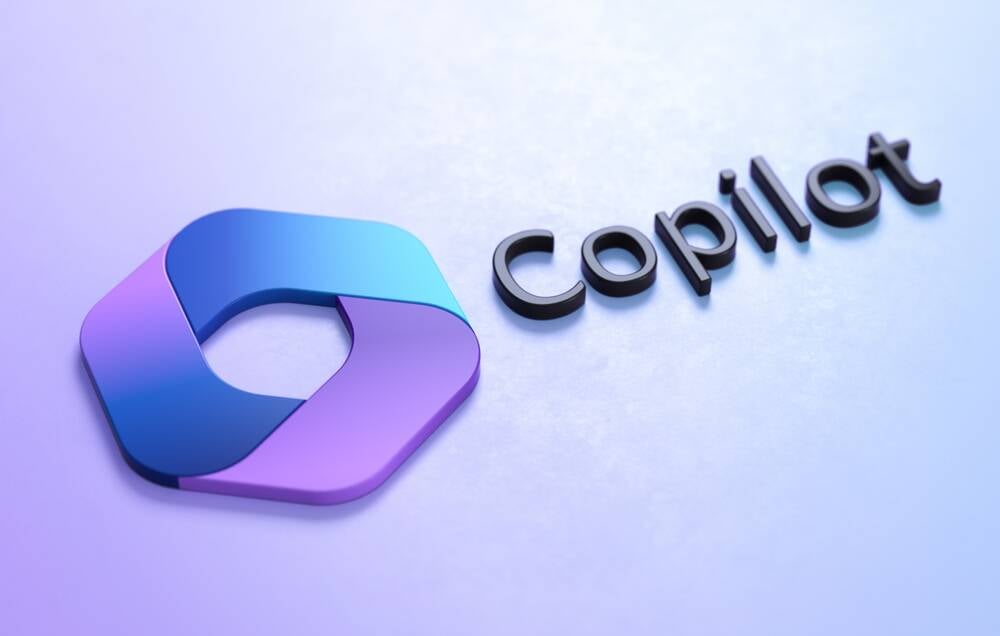It’s been a long while since I’ve had my hands on a mobile phone from Motorola. A few years ago we took a look at the Moto G50 which we praised, and of course, the original Motorola Razr was one of the most popular handsets of all time. But for this review, we’ve got the Motorola Edge 40 smartphone, which I’ve been using for the past couple of weeks, and wanted to share my thoughts with you.
Design
Let’s talk about its design. My first impressions were good when I first opened the box. It’s a sleek-looking handset that’s nice and thin. It’s slightly thinner than my usual Pixel 7 Pro daily driver which is impressive, and I must say the thing that really stands out to me is its edge-to-edge screen. There’s barely a border, and it’s got a nice wrap-around feeling too towards the left and right edges. But more on the screen in a moment. Around the back the rear texture is nice and grippy and it is nice and light to hold in the hand. The Moto Edge 40 comes in three colours, and also two finishes too. The Black version I have here is covered in vegan leather, and the green version is like this too. The Blue version is glass though which like the flagships out there from Apple and Samsung, might be more slippery to hold, though in my opinion does offer a more modern-looking finish.
You’ve got two cameras but more on that in a moment, and a small Moto logo in the centre. Down the right side you’ve got a nice small lock button as well as a volume rocker, and on the bottom is a USB Type-C charging port, capable of 65w fast charging and also the SIM tray. The corners are nice and curved, following in the footsteps of the more flagship handsets on the market and overall I really like the design here. One stand out though for me is the raised camera unit on the back which can cause the phone to rock when placed on a table, and I’d be a little worried about getting the lenses scratched because of this. There’s an included case in the box, so get it covered when you first crack open the box.
Screen
The Moto Edge 40 treats users to a fairly generous 6.55-inch display which features a full HD resolution of 1080 x 2400. It’s driven by P-OLED technology and can produce a peak max brightness of 1200 nits. Its refresh rate also hits up to 144Hz for nice smooth scrolling, and even for gaming if you’re that way inclined. The screen itself is extremely versatile, and I failed to find a use case where I was left wanting more. Watching videos on YouTube, or even films on Netflix, the colours looked nice and sharp and super saturated, and the viewing angle was nice and wide. I checked out my usual 4K nature videos on YouTube, and they looked absolutely wonderful. Even reading web pages, the text on the phone looked nice and sharp and scrolling down a page keeps the text nice and sharp thanks to that 144Hz refresh rate.

The Moto Edge 40 features what they’re calling a ‘Peek Display’ which has been designed to mimic the fully-fledged Always On display seen on other devices. The difference here though is the fact that the phone needs to detect either you pressing the screen or some kind of movement to activate. It’s not ‘Always On’. Though it does do a good job of showing the time, your notifications and key information you might need at a glance.

Android Experience
What does shine though with the Moto Edge 40 is the Android experience. It’s running Android 13 though powered by Motorola’s MYUX software, though it almost feels like a stock implementation of Android, like a similar experience you could expect from a Google Pixel 7a. There’s no real guff pre-installed. Moto does have a couple of apps on the phone ready to go, but they are extremely unintrusive which is a massive bonus. You don’t really need these to run your phone on a day to day. The Ready For app looks pretty decent though, and what it’s designed to do is turn your phone into more of a desktop-like experience when docked. Not really a feature I’ve used myself or really seen take off in the tech industry (let me know in the comments if you’re someone who relies on this) but it’s a nice feature to have if you find yourself needing a more traditional workspace and you’ve left your laptop at home.
The Moto app itself is purely for aesthetic settings it looks like, where you can customise various features of your phone, from colours and fonts to setting up your gesture controls, for example, you can press three fingers onto the screen to take a screenshot. Your security settings, some tips and even how you use your display and turn on and off the ‘Peak Display’ for example. So really, there’s not much more to talk about with Android 13 here. It works well and is nice and fast thanks to the MediaTek Dimensity 8020. You’ve also got 8GB RAM too and a nice 256GB worth of storage under the hood.
A Geekbench 6 benchmark threw back a score of 1,120 on a single-core test and 3,637 on a multi-core test, so really not too shabby here, and definitely good enough to keep up with the likes of the Sony Xperia 1 II or Samsung Galaxy Z Fold2 5G or even the Xiaomi Black Shark 4 Pro. 3DMark saw a score of 4,464 on its Wild Life test, with an average FPS of 26.7. Not that great, but enough to get you through a bit of light gaming. To give you a comparison again, this was put in line by 3DMark with the Realme X7 Pro, the Xiaomi M IOT Pro 5G and the One Plus 8T.
Camera
So, the camera. The moment you’ve probably all been waiting for, right? Is it any good are you asking? Well, yes… and no, in certain scenarios. Let’s get that out the way first before we give in to the good. I took a picture of a cathedral in Nottingham and it looked to put some kind of AI upscaling feature onto the photo, which pretty much washed away all shadows in the frame, creating what I would call a very flat image. It definitely wasn’t that bright on the day. It was pretty overcast and grey.

However, this was such a specific scenario where I saw this kind of thing happen, and it was more in low-light situations. In broad daylight, a car show I visited was a completely different experience. The colours of the images looked really sharp and vivid and I think I got some pretty decent pictures with the Moto Edge 40.
So, let’s talk about hardware. Around the back you’ve got two cameras as mentioned before. The first is a 50-megapixel f/1.4 wide-angle camera, while the second is a 13-megapixel f/2.2 ultrawide lens. You’ve got Fual-LED Flash, HDR capability with your media and a panorama mode. For video you’ve got a max resolution of 4K at 30FPS, though if you drop this down to 1080p, you can film at up to 120fps, and 720p at 240fps for some nice slow-mo video.
You’ve also got a nice portrait mode that does a nice job with subject separation from the background, though hair can still be a bit of a problem, which is expected with mobile photography, and you’ve also got a Pro mode for changing things like shutter speed, aperture and ISO levels for those of you who want a little more control over their images.
Other features include an Ultra-Res mode for upscaling images, a dual capture for both cameras to take a picture at the same time, and a timelapse mode too for videos.
The camera quality overall is good, but it’s not going to produce breathtaking photos. It’s perfectly fine for the likes of Instagram or your social media of choice, but once you start viewing them on a larger screen, there’s going to be a lot to be desired, especially in less-than-ideal daylight conditions.
Conclusion
Even though the camera isn’t this phone’s strong point, there is still a lot to like about the Moto Edge 40, and the highlight here is the phone’s physical design. It’s a stunning little handset that looks great and performs really well when it comes to your day-to-day apps and social media. Right now you can find it online for around £550, so it’s not quite as cheap as something like the Google Pixel 7a, but if you’re someone who doesn’t like sticking to the status quo and want a bit of a change, then the Moto Edge 40 is definitely a decent contender. Just don’t get it if you’re a budding smartphone photographer, because you may be left disappointed.






















Discussion about this post